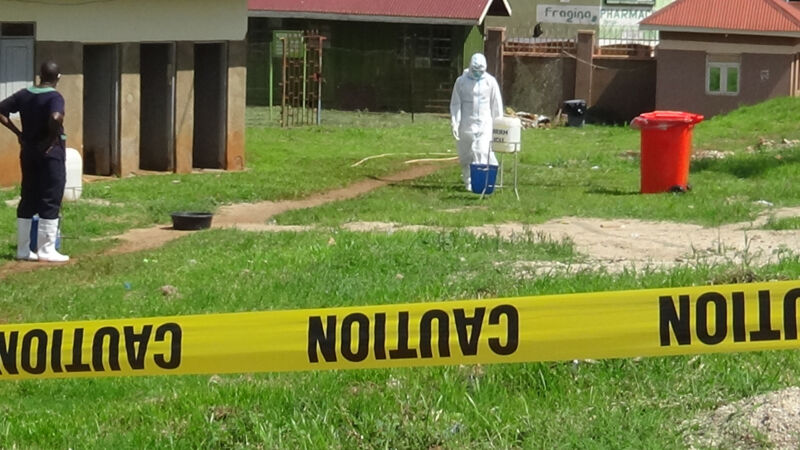
Health officials in Uganda are trying to catch up with a rapidly growing Ebola outbreak caused by a lesser-known Ebola virus strain, the Sudan virus (SUDV), for which there is no vaccine or treatment.
Information to date suggests that efforts to respond to an outbreak may be three weeks behind the initial spread of SUDV, with an incubation period of up to 21 days and a death rate between 41 and 100 percent. So far, 36 cases (18 confirmed, 18 likely) have been identified, with 23 deaths. Health officials listed a total of 223 contacts.
But that number is probably an undercount. Several chains of transmission have not been tracked, and some health facilities seeing Ebola patients did not follow optimal infection control measures, the World Health Organization warned. Furthermore, due to the delayed recognition of the outbreak, some patients were buried in traditional ceremonies with large gatherings that could have further transmitted the virus.
Yet another complicating factor is that the outbreak was detected among those living near an active gold mine, which relies on a highly mobile population. “The explanation of the outbreak could cause some miners already incubating the disease to flee,” the WHO warned, potentially allowing the disease to spread to new areas.
In an outbreak update Monday, the WHO assessed the risk of spreading through Uganda as high, given the many factors of concern.
Evolving situation
The concern is even greater because there is no approved vaccine or treatment for SUDV, as there is for the more common Ebola virus strain, Zaire. Currently, there are two vaccines and two treatments for the Ebola disease caused by the Zaire strain, which has caused nearly all of the documented Ebola outbreaks and all of the largest outbreaks. In addition to Zaire and SUDV, there are four other rare Ebola virus species: Bundibugyo, Taï Forest, Reston and Bombali.
Of the 41 outbreaks listed by the WHO on its website, SUDV was responsible for only seven, the most recent of which was in 2012. That outbreak, also in Uganda, involved seven cases and had a 57 percent fatality rate.
The current outbreak came to light with the death of a 24-year-old man on September 19 in central Uganda. The man developed a series of worrisome symptoms on Sept. 11, including high fever, tonic convulsions, bloodstained vomit and diarrhea, loss of appetite, pain on swallowing, chest pain, dry cough and bleeding in the eyes. He unsuccessfully sought help from two different private clinics and was eventually referred to a Regional Referral Hospital (RRH) on September 15. There, health professionals suspected he had a case of viral hemorrhagic fever, isolated him and collected blood samples for testing. On September 19, the Uganda Virus Research Institute (UVRI) in Kampala confirmed that he had a SUDV infection – the same day he died. Ugandan health officials declared an outbreak the next day.
Now, a week later, the number of cases is at 36, with 23 deaths and the remaining 13 confirmed cases still in hospital. The median age of cases is 26 years, with ages ranging from 1 year to 60 years.
For now, the WHO has rated the overall regional and global risks of this outbreak as low. However, the agency noted that the extent of the outbreak is not yet known and that cross-border spread cannot be ruled out.

